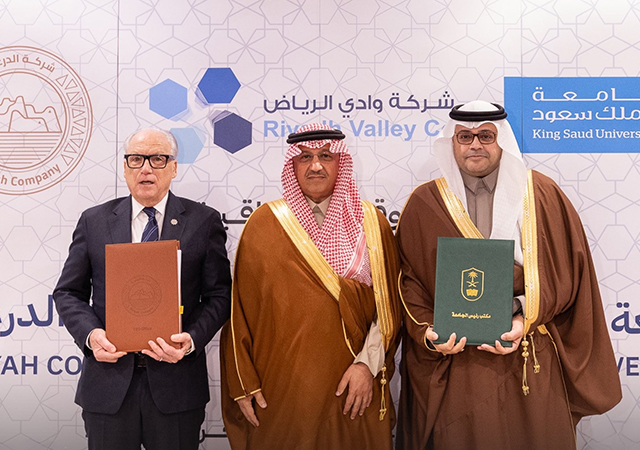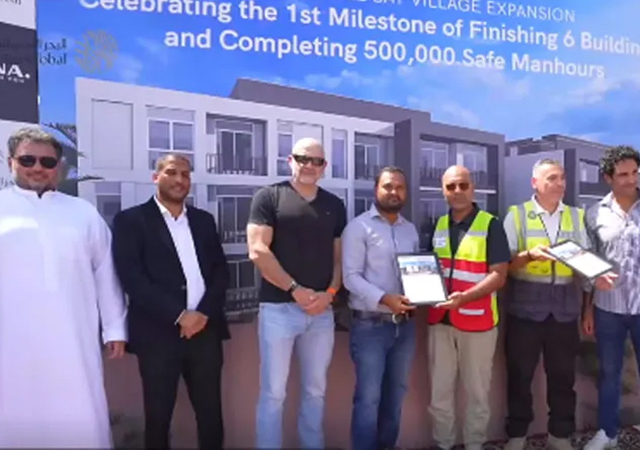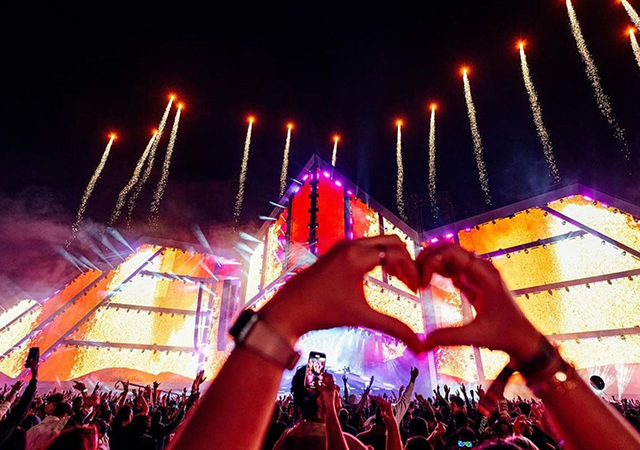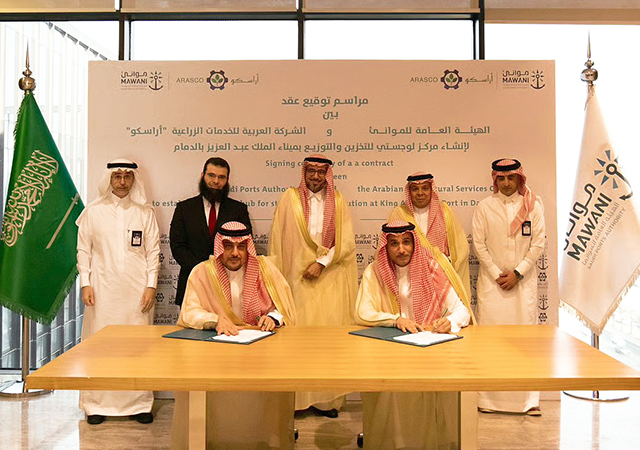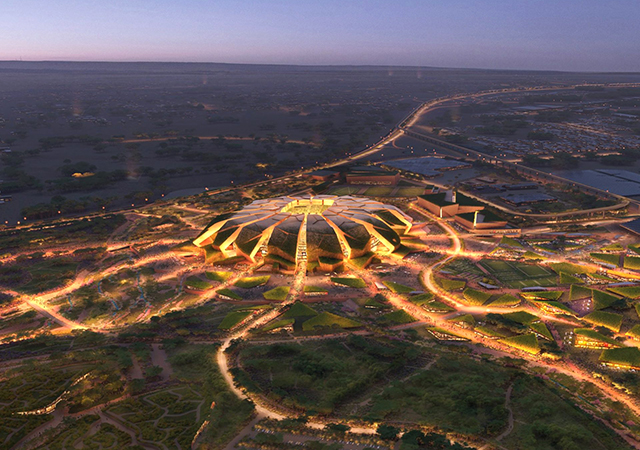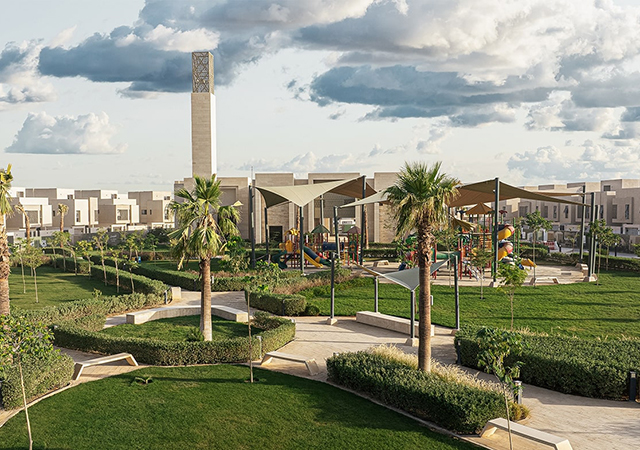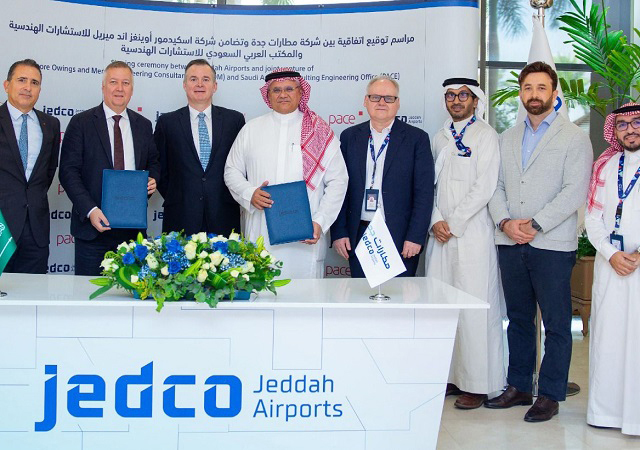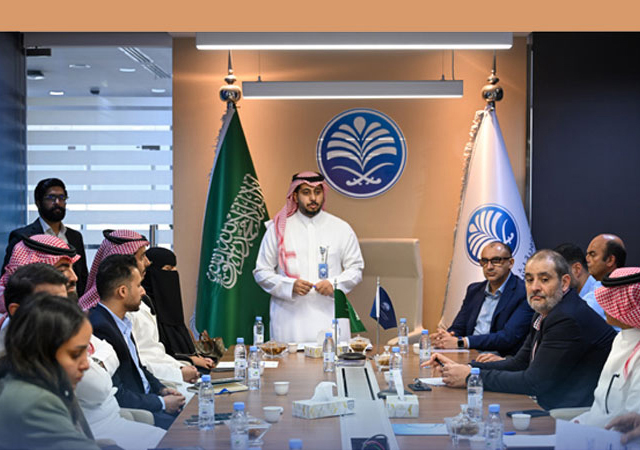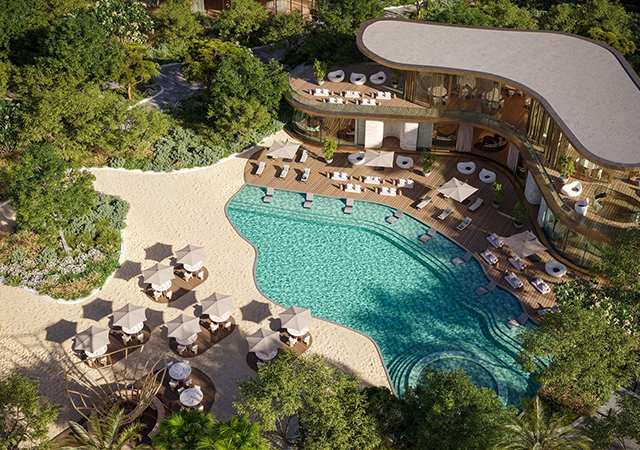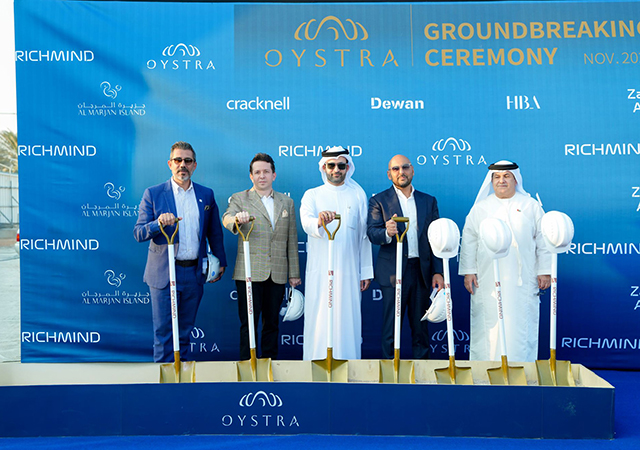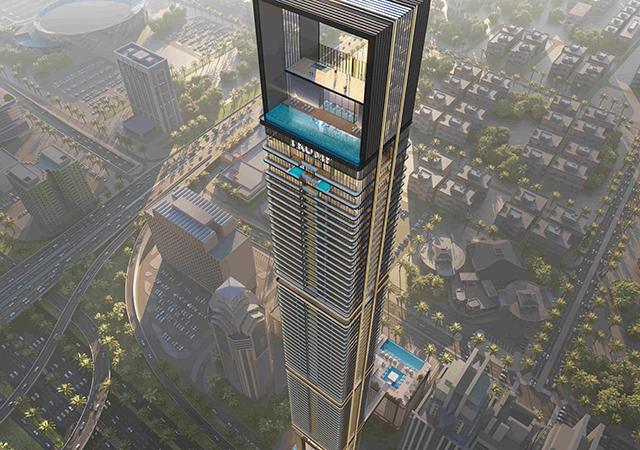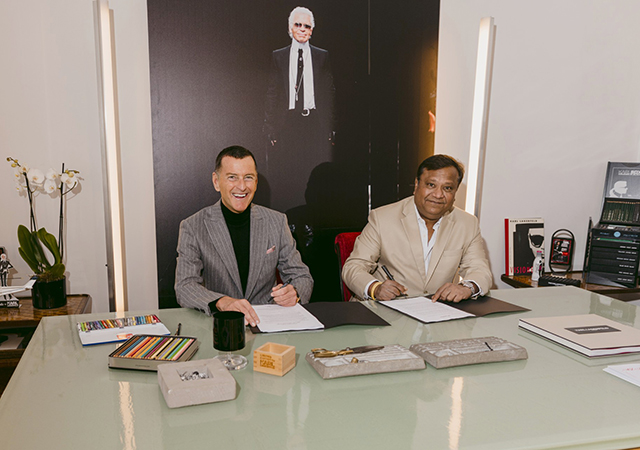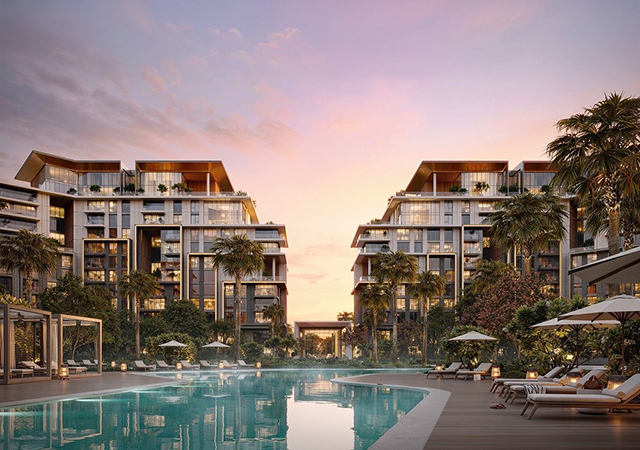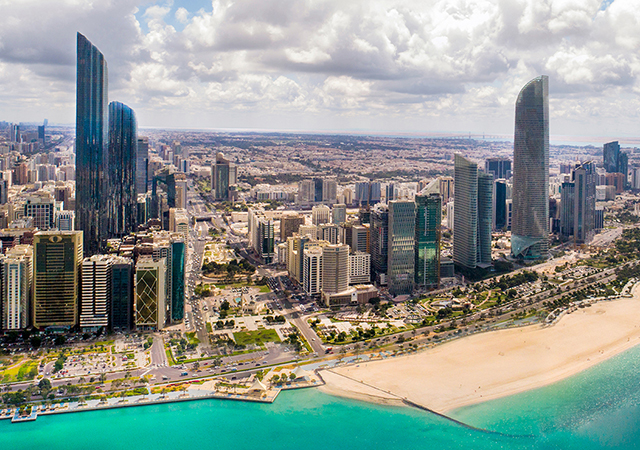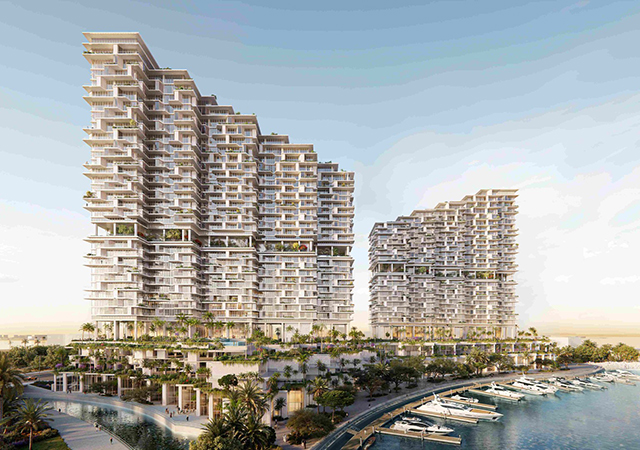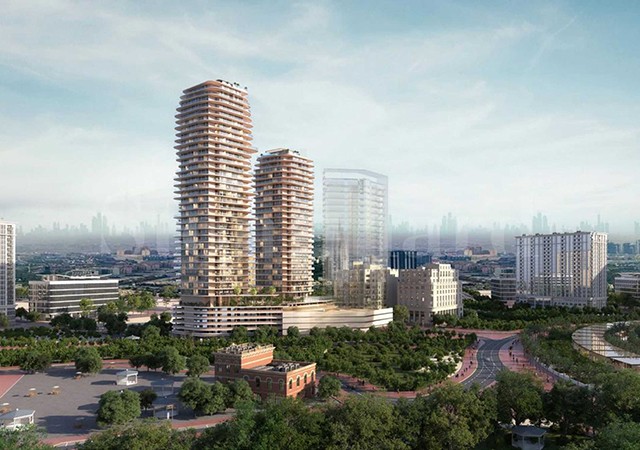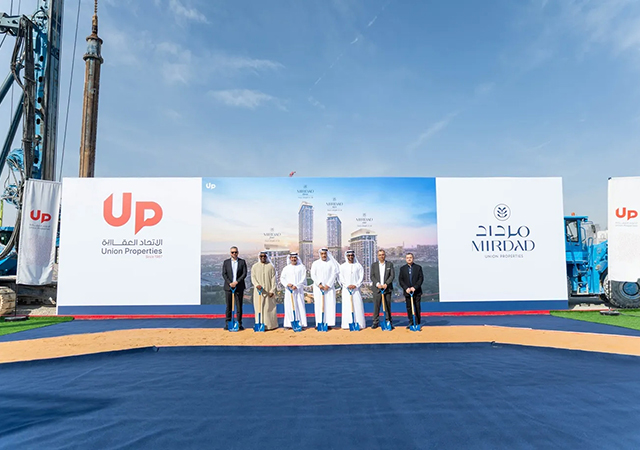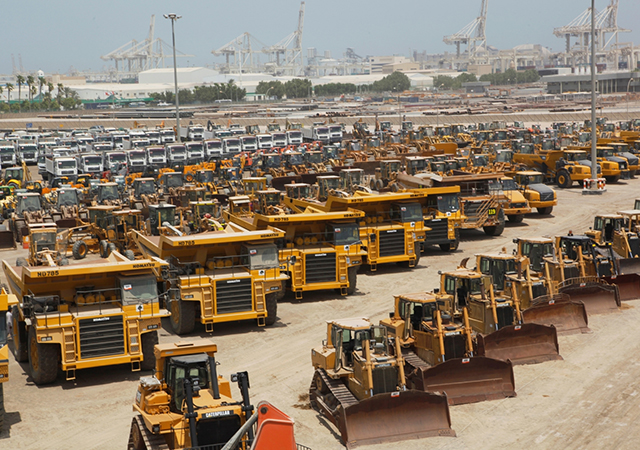 A project in the US using Centria systems.
A project in the US using Centria systems.
The challenges posed by the Gulf region's environment are legendary. Building owners, designers, contractors and suppliers are constantly searching for better ways to battle the effects of extreme temperature fluctuations, windblown sand and other abrasives, and extended exposure to ultraviolet radiation and corrosive atmospheres. This combination poses severe tests for virtually every building system.
In recent years, high-performance metal roofing systems and wall panels have emerged as the building materials of choice to address these challenges.
Metal roof and wall systems are now applied in a broad range of applications throughout the Middle East - from airport hangars and office buildings to power plants and petrochemical facilities. In all of these widely varying applications, the key to metal wall and roof systems longevity and performance is the protective coating that is applied to the substrate.
In the Gulf today, the recognised standard for a durable, high-quality finish on metal building materials involves the application of multiple layers of protective coating materials to both sides of the metal substrate, not just the exposed surface. Coating both sides of the metal offers increased resistance to corrosion that would otherwise occur on the underside of the end and side laps.
Moreover, even in situations where the underside is not exposed to climatic conditions, many specifiers now consider an equal coating protection on both the underside and topside of a sheet to be the minimum standard required for trouble-free performance in the long run.
One important element in the longevity of the metal wall and roof panel is the composition of the substrate, of course. Typically this is G90 galvanised steel (275 g/sq m of zinc) or aluminum in various alloys.
Regardless of the substrate specified, however, an even more critical element is the application of multi-layered protective coatings.
An ideal configuration using today's most widely-recognised standards would begin with an epoxy primer. This is topped with a much heavier epoxy barrier coat that is made flexible through a chemical process to conform to the substrate profile. These two epoxy layers are applied to both sides of the panels. Finally, a final colour topcoat is applied to the exterior and, if desired, the underside as well. This coating generally consists of a polyvinylidene fluoride compound containing either Kynar 500 or Hylar 5000 resin for maximum fade resistance, or a polyurethane coat for increased abrasion resistance.
One excellent example of such coating technology is the Versacor system, developed by the H H Robertson Company in the early 1980s.
The performance of epoxy barrier coats had been noted and understood for years before Robertson applied them to a cladding material. However, the Versacor coating was and still is unique in that the barrier coat Robertson developed incorporated flexibilisers to allow the coating to be roll-formed into cladding profiles. Such flexibilisers are critical to ensuring optimal performance on a wide range of substrate profiles.
Versacor materials were supplied by H H Robertson to many projects in the Gulf, over the past 20 years, including most of the prominent aluminum smelters, power and desalination plants, oil field sites and a number of airport installations. In each case the material was chosen over other alternatives as it was proven to outperform them in areas of corrosion protection, colour durability and life expectancy.
As a result of the merger of H H Robertson and Smith Steelite in the mid-1990s, the global rights to Versacor technology were acquired by Centria, which has since further developed the technique to include improvements in the formability and ultimate durability of the coating. Centria has now launched the Versacor Plus coating product, which offers the option of either polyurethane or PVF2 topcoats.
More recently, the company entered into a joint venture arrangement with Rigidal Industries in which Centria will supply Rigidal with Versacor-coated steel or aluminium coil, which will be manufactured into a range of cladding products at the Rigidal-owned facility in Dubai. This arrangement is capable of meeting the requirement for in-house coil coating, which is necessary to ensure continuous, consistent quality control throughout the process, and uniform application and curing.
The two companies are now jointly marketing these materials in Gulf territories, as they seek to address the continuing climatic extremes and environmental challenges that have long made the Gulf such a challenging region for builders, designers and owners.



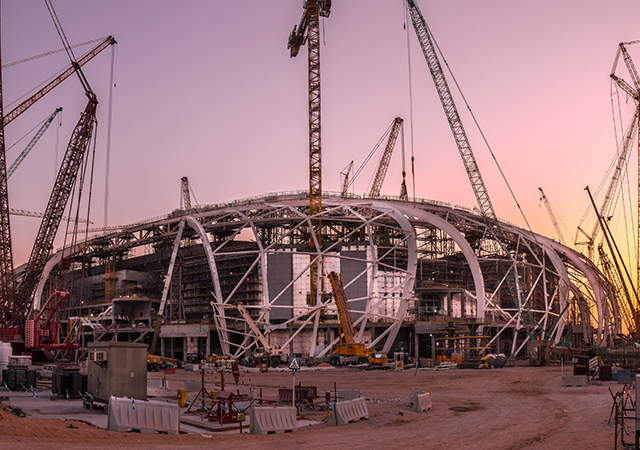
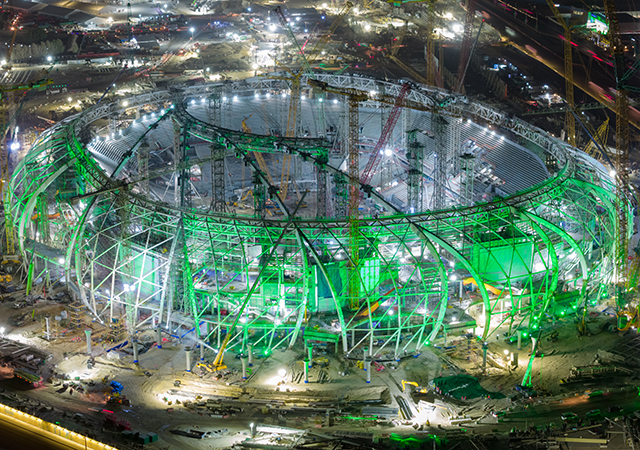
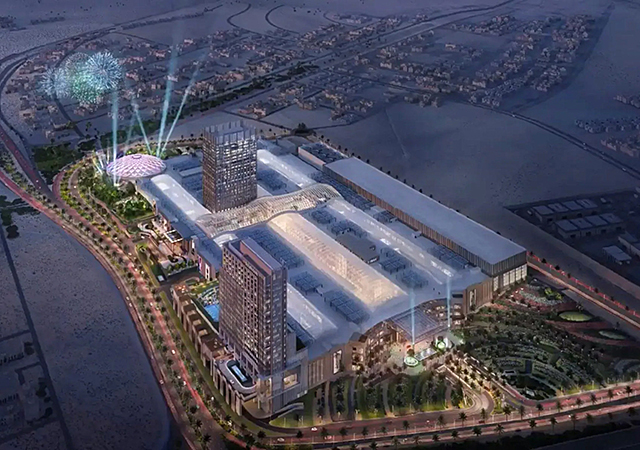
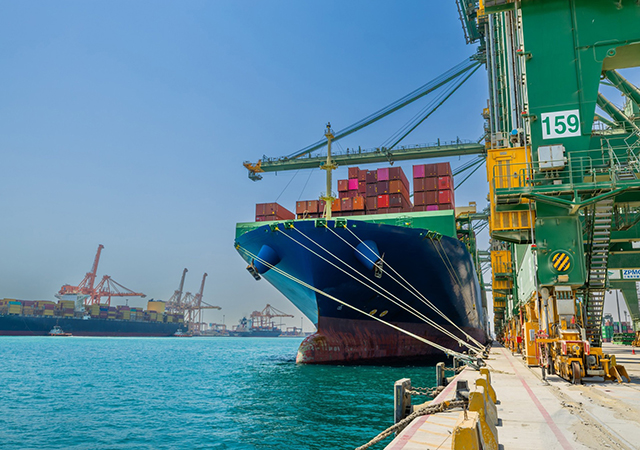
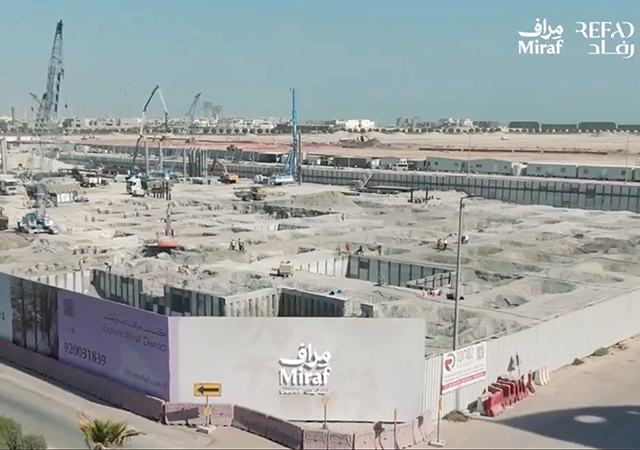
.jpg)
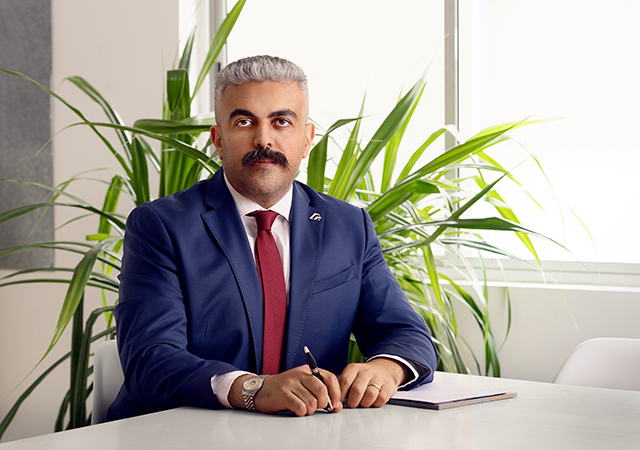


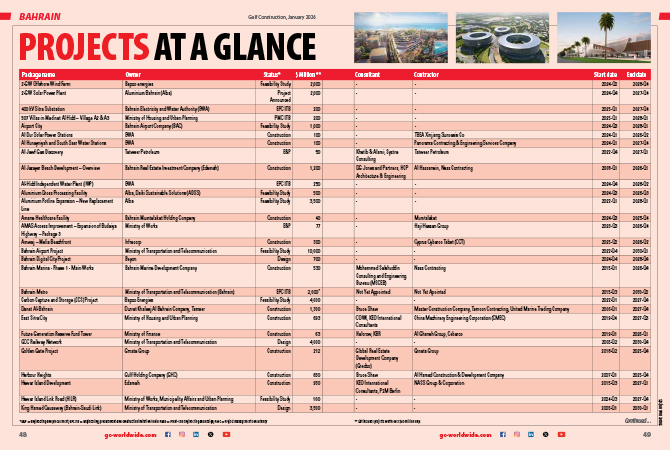
.jpg)
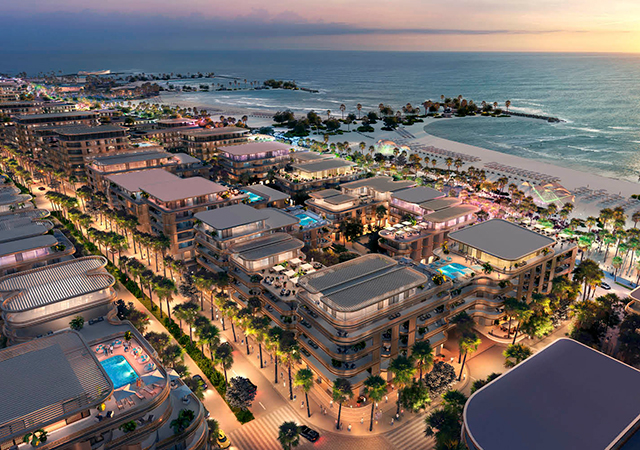
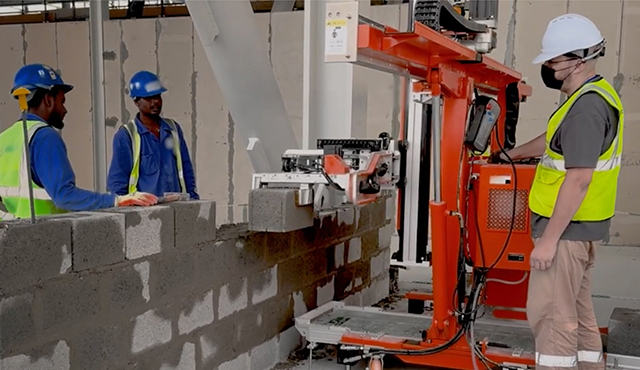
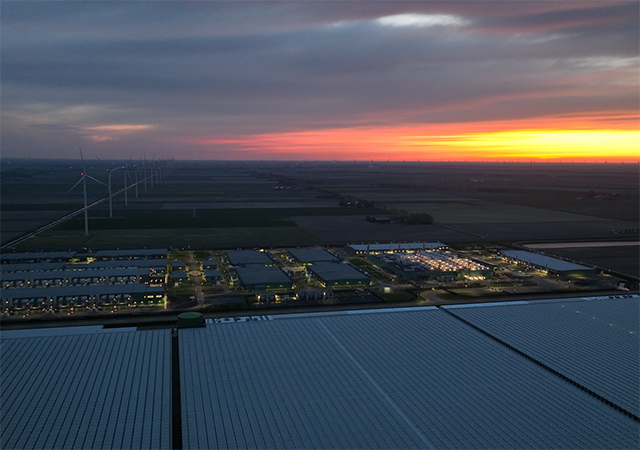
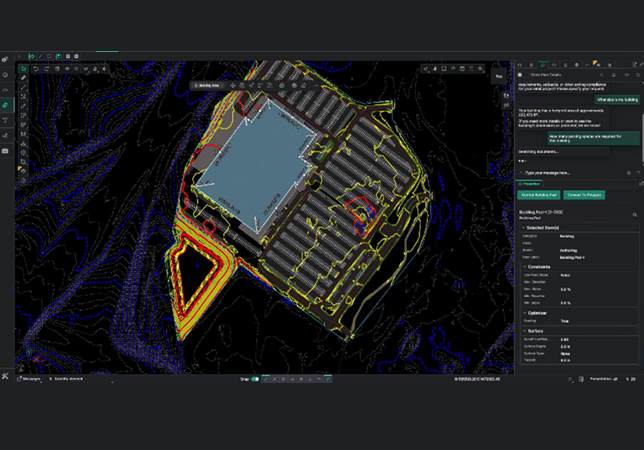
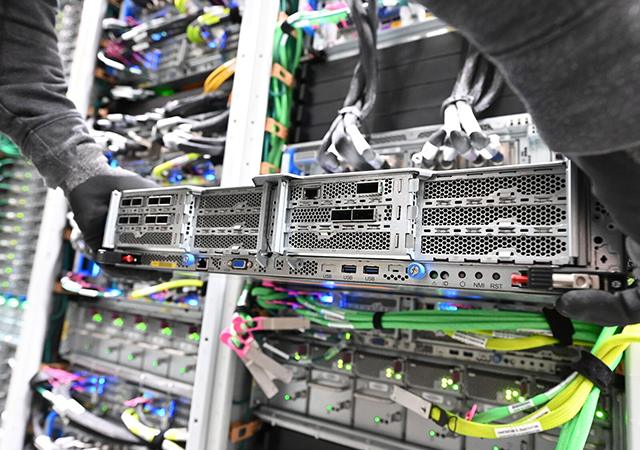
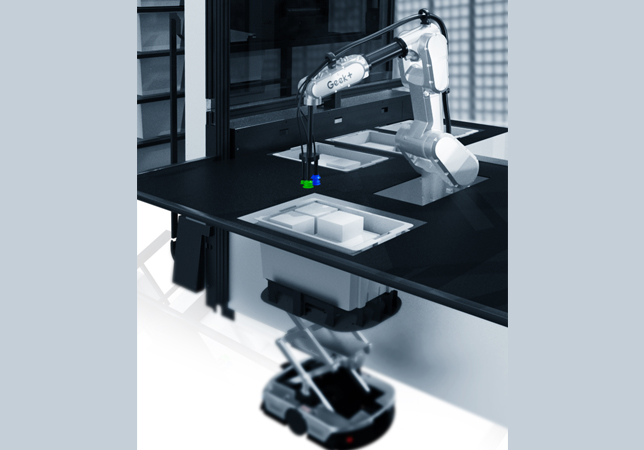

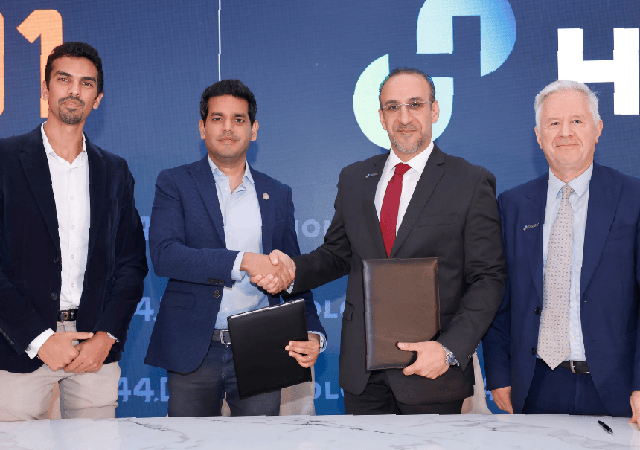
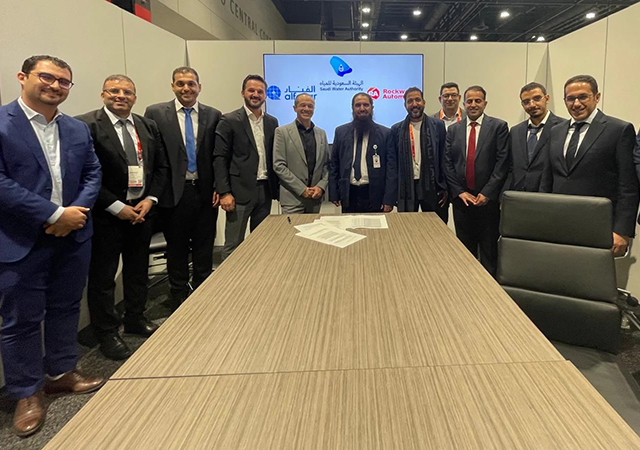

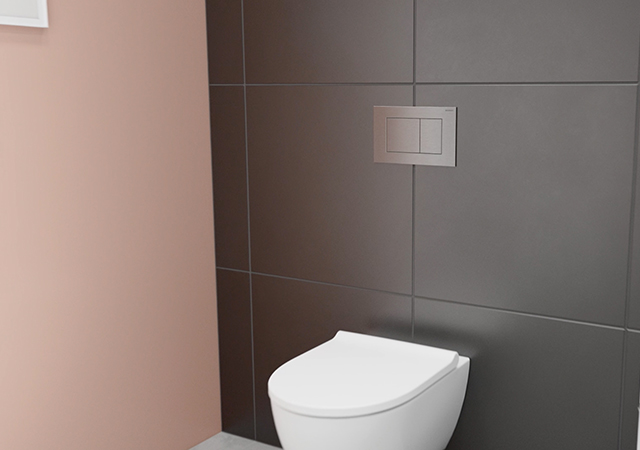
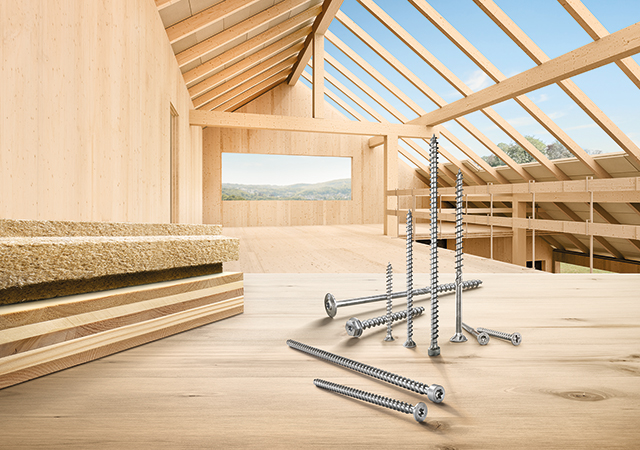
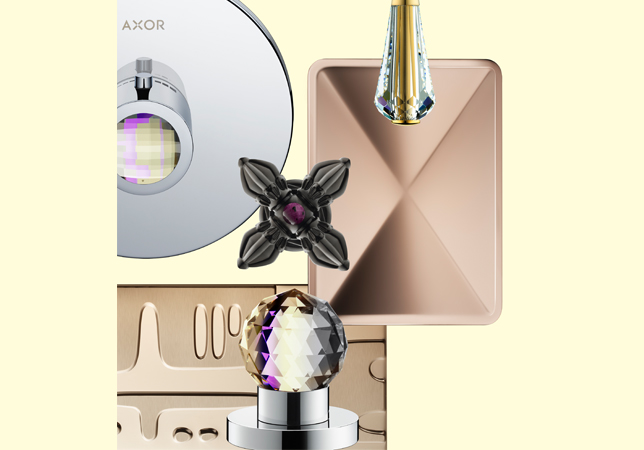

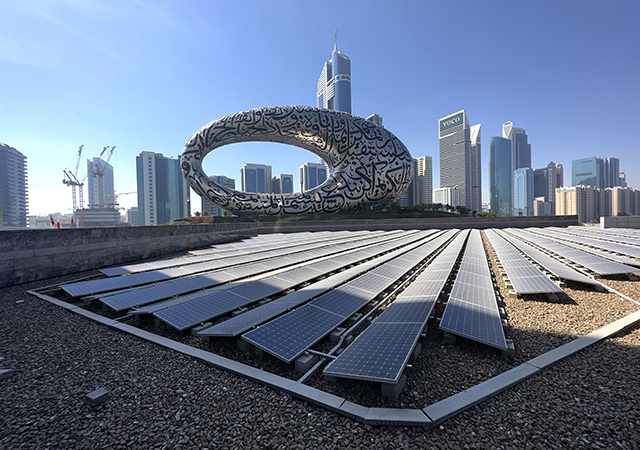
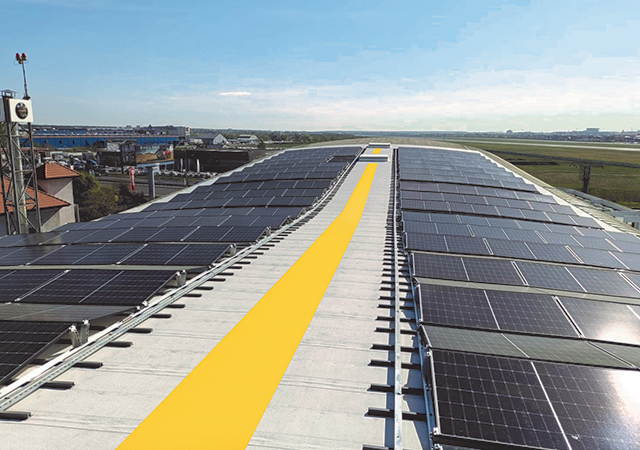
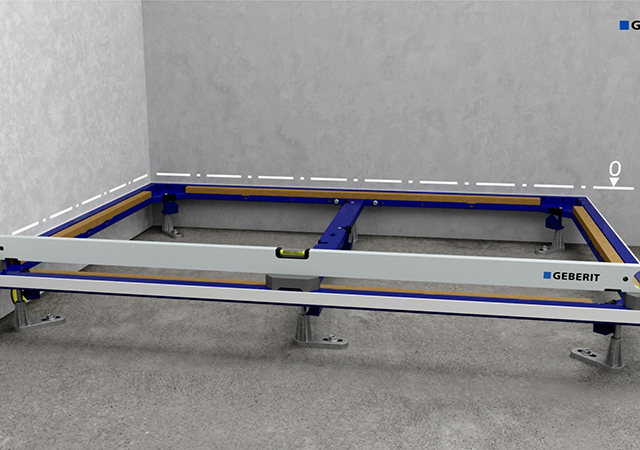
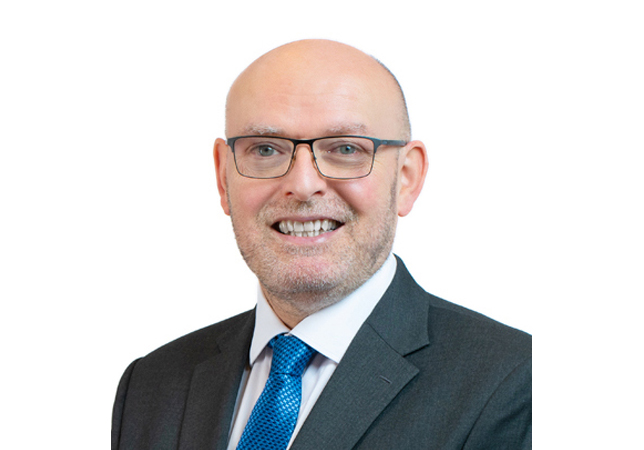
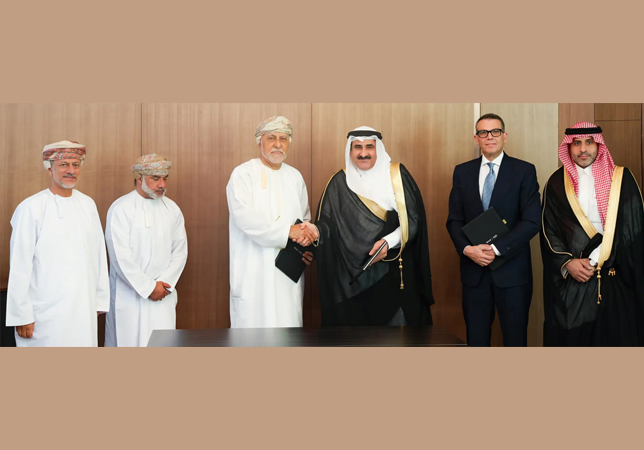
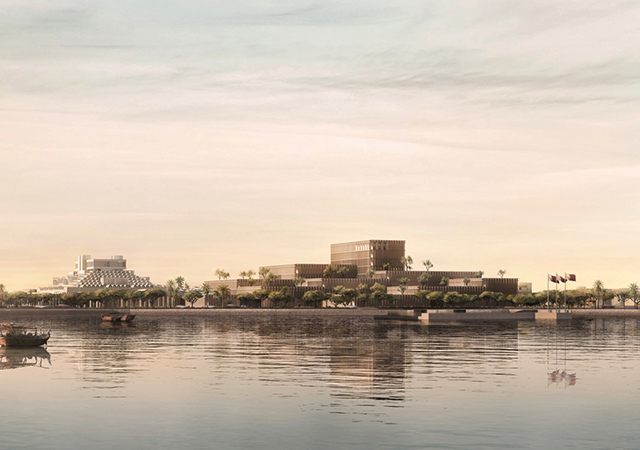
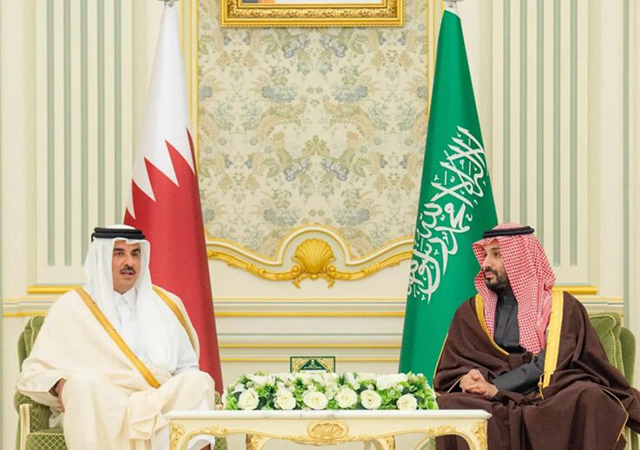


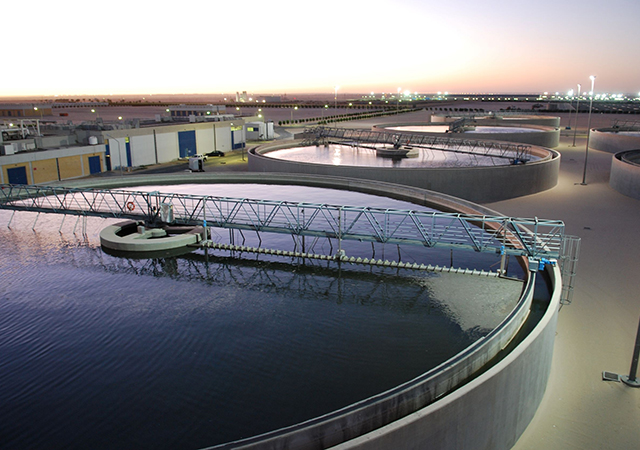
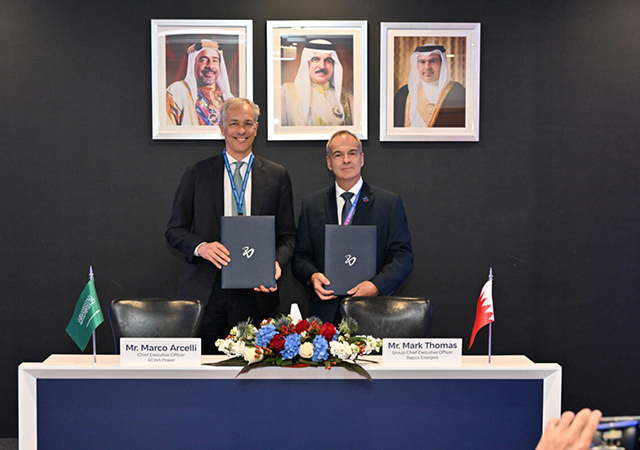

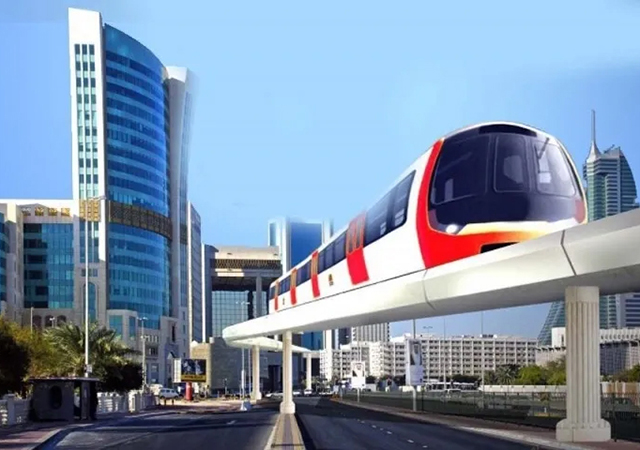
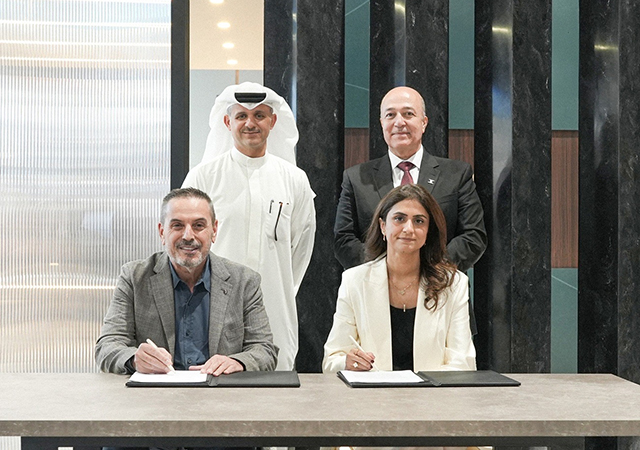
.jpg)
